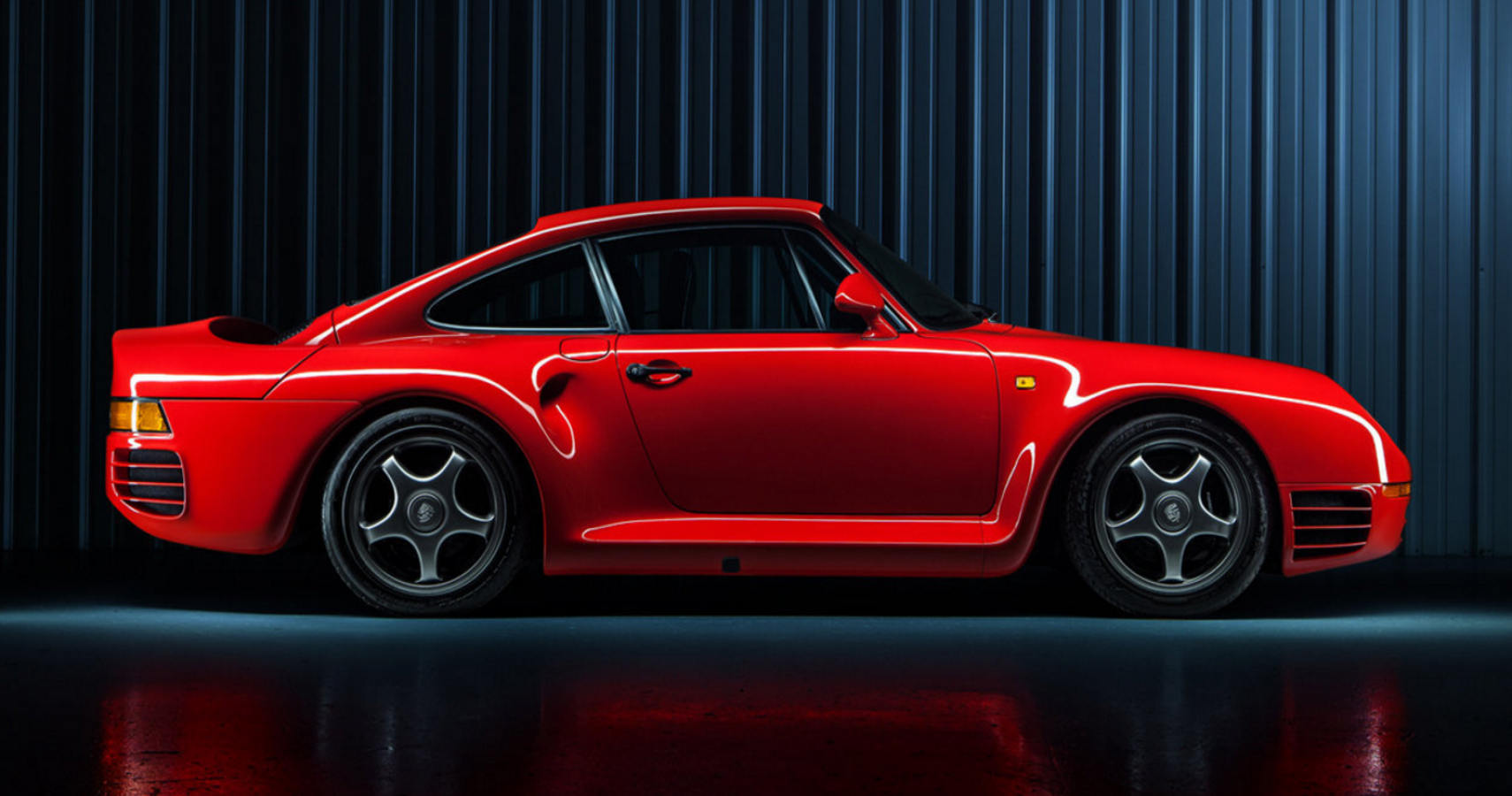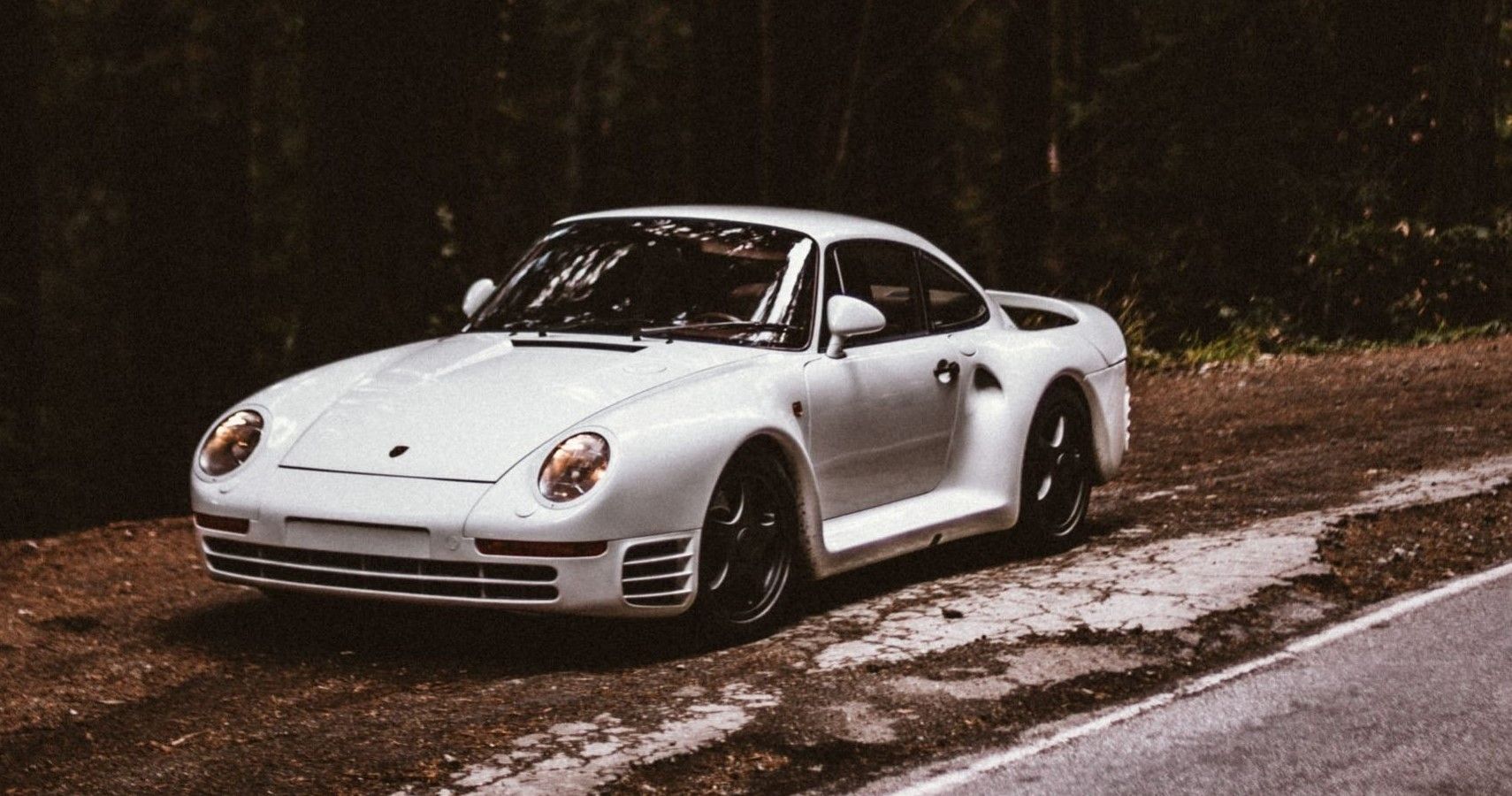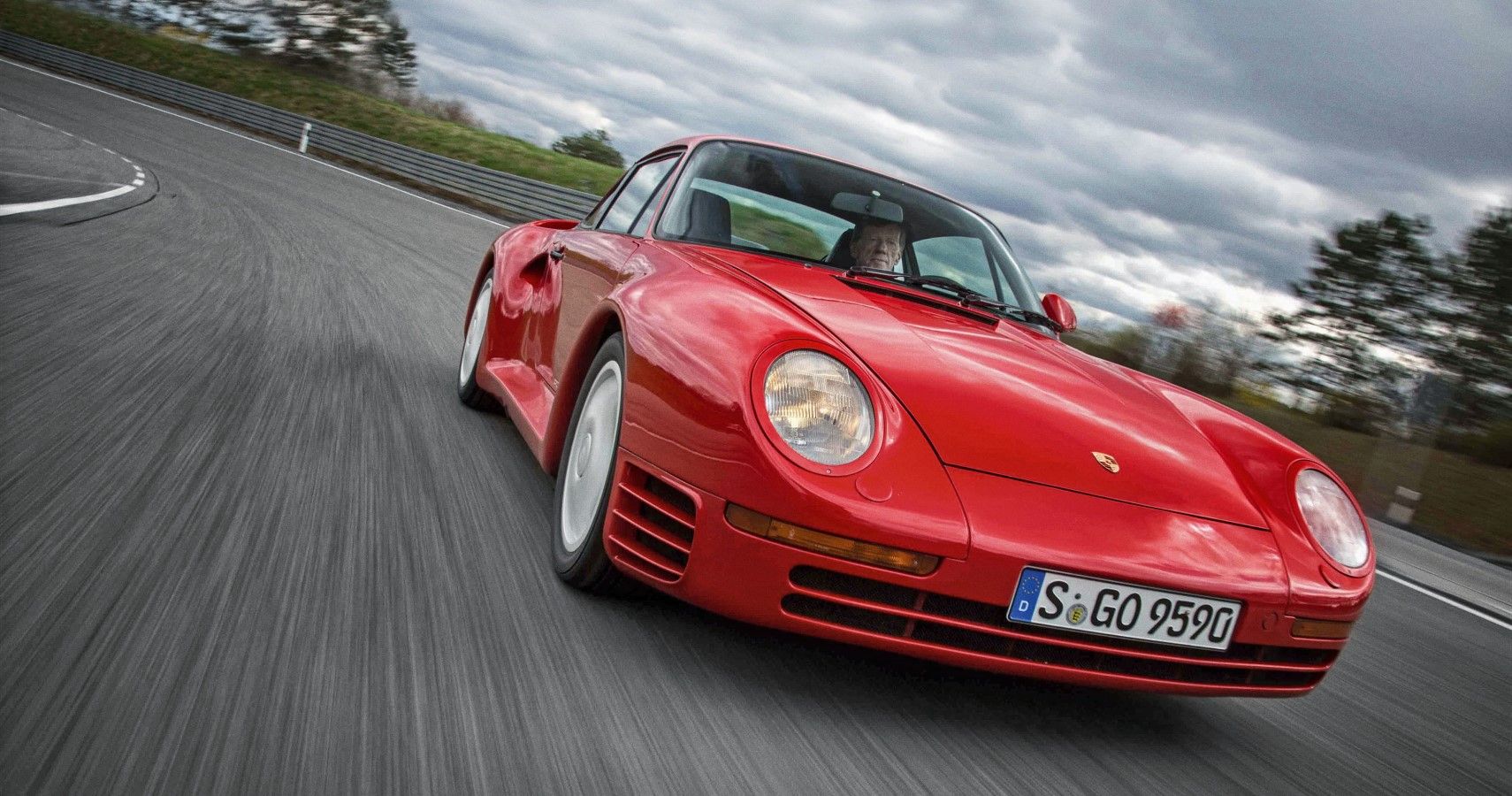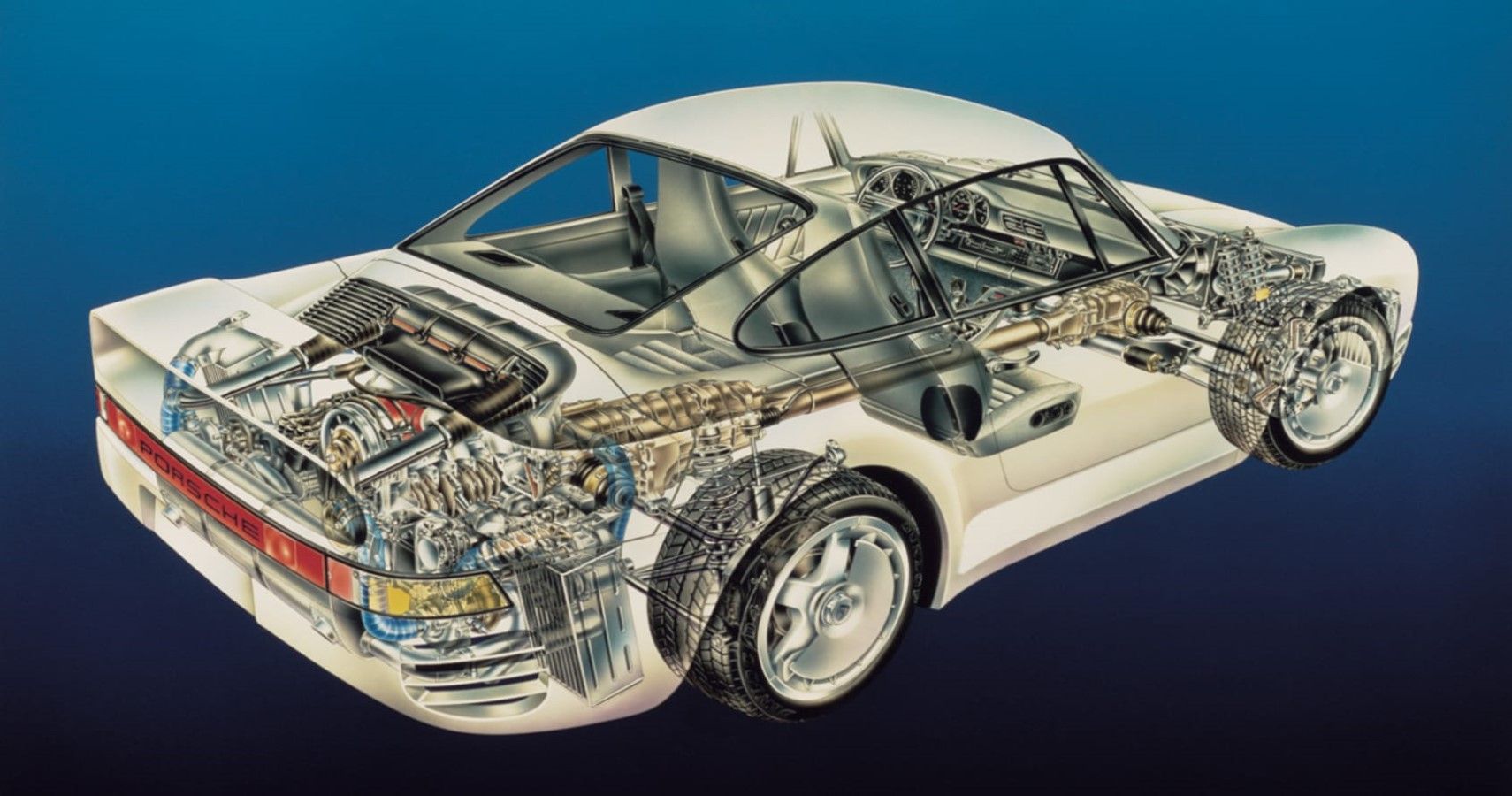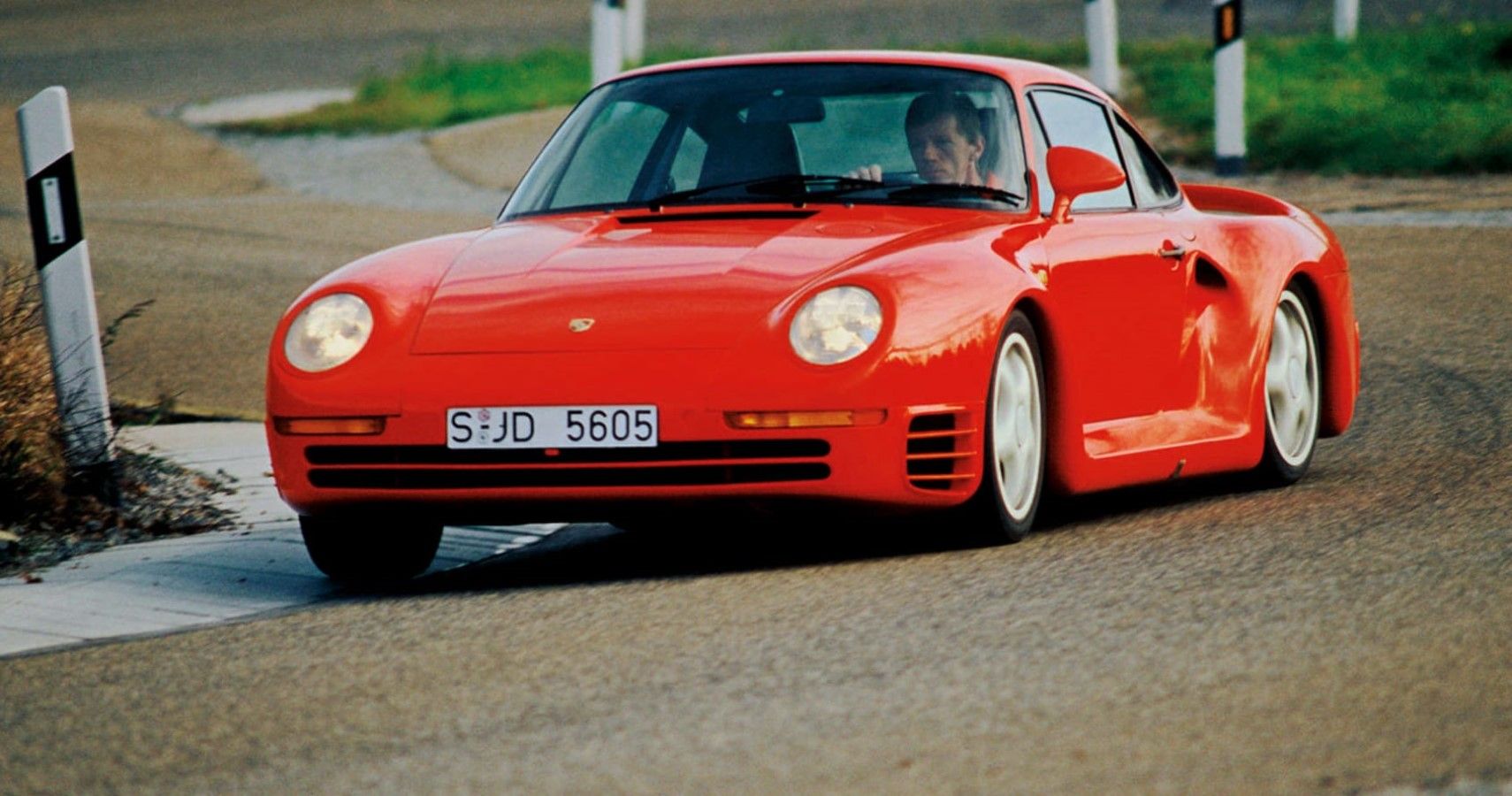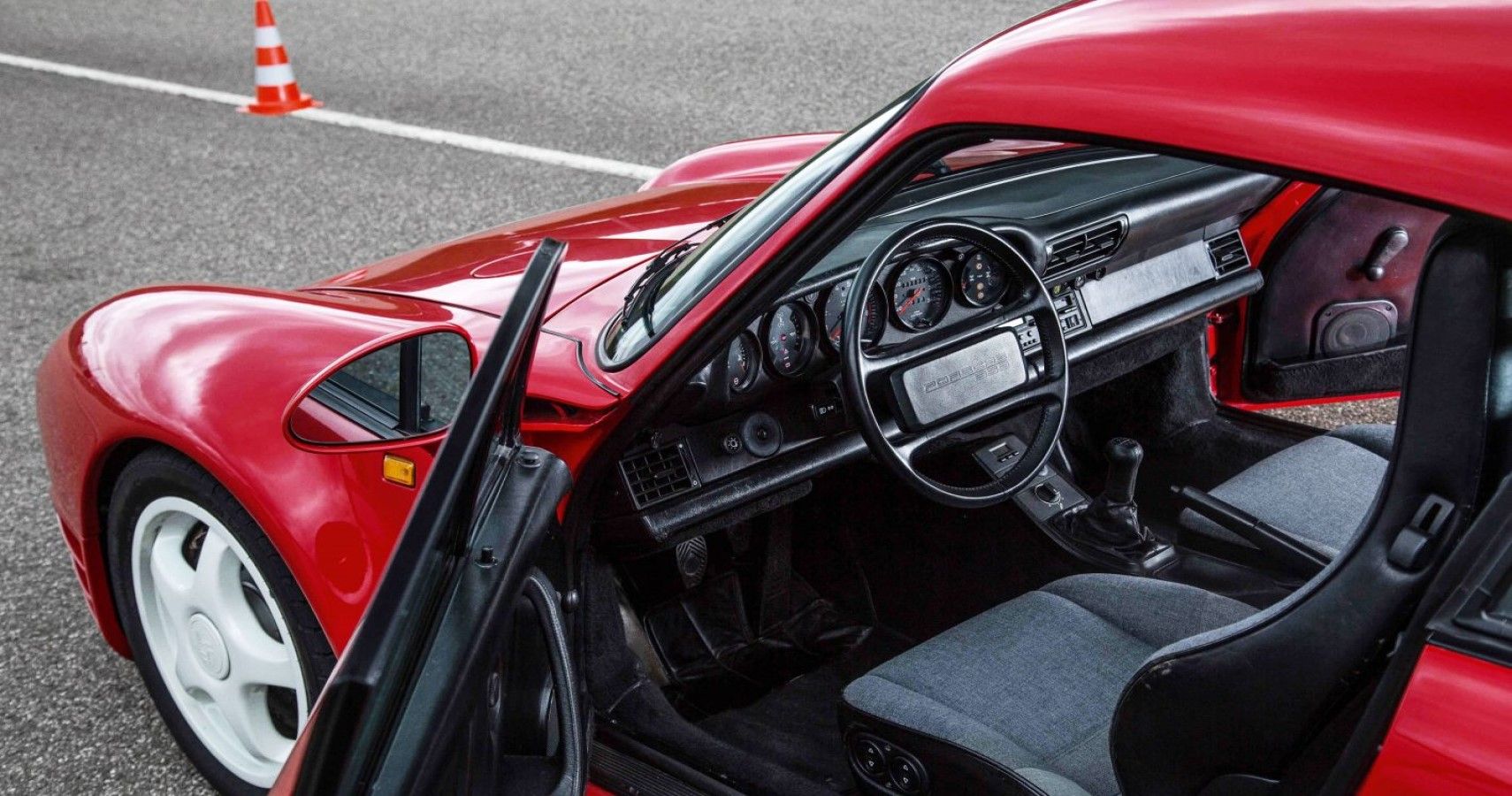The Porsche 959 is one of the greatest cars to come of out Germany. It's all thanks to Group B Rallying that we got to witness such an icon in the first place. It was quite a roller-coaster ride for the automobile sector during the 70s and 80s. The oil crisis had caused quite a dent in the world economy during the 70s and so, automakers were all shifting towards buildings highly efficient cars. Performance cars were shelved indefinitely and it was quite a sad phase. But then Group B Rallying happened!
And, oh boy, the time-frame was bombarded with some of the best four-wheeled rallying wonders that the world has ever seen. The prime reason for such extremely applauded cars that were well ahead of its time, was the laxed regulations that allowed automakers to get all out with these cars. The icing on this cake was that manufacturers were required to build and sell a minimum of 200 units according to the FIA homologation regulations.
One very special car that was conceived because of this was the Porsche 959 that was sold from 1986 to 1989 and paved the way for some of the current technological features being used in Porsches. It was a bold move by Porsche to green-light this unique proposition, that caused a lot of competitors to roll their eyes in awe. On the track, its rivalry was focused on the Ferrari 288 GTO and the highlights of this Porsche was its intensely adaptive suspension setup and a tricked out AWD layout. Still gives supercars a tough fight, yes, even in 2021!
The Porsche 959 was a Demi-God from the 80s and contributed greatly in providing us with the much elusive Porsches thereafter, even until now! It started off as an out-of-the-box Group B competitor and remains 0ne of the greatest Porsches ever built.
A Unique Porsche Based On The 911 That Was Born From Group B Rallying
Fun Fact: The Porsche 959 was initially developed to be a template for the future perspectives of the evergreen 911 that was getting traction in the 1980s.
Well, that didn't go quite as planned, did it?! It was all because of a bit of perseverance from the then chief engineer of Porsche, Helmuth Bott. He managed to convince Peter Schutz, the managing director that an AWD system was paramount for keeping the 911 special in the near future, and that started the first of the various aspects that helped the 959 have a distinguishable name for itself.
All of this was possible because of the primary reason for the 959 being part of the Group B Rally, which happens to be a golden event in automobile history. Very relaxed laws and ample audience gave automakers the confidence to go dreamy and well-ahead of its time with building cars. Porsche also did it and built a car that puts even the supercars of today, to shame. The computing power used in the Porsche 959 back in the 80s was creepily interesting with many first-time features in a car.
0-62 mph in 3.7 seconds From A Le Mans Derived Engine
The Porsche 959 engine was derived from its Le Mans race car and was a 2.85L Flat six turbocharged engine. It was both air-cooled and water-cooled to keep things at bay while you blast out on the racetrack. It put down 450 hp at a peak of 6,500 rpm to all 4 wheels, which was supercar territory of the time. The Porsche-Stuer Kupplung (PSK) all-wheel-drive system was a new phase for both Porsche and the automobile world and it sure did wonders.
The power was split in a 40:60 manner and could distribute power up to 80% power to the rear wheels instantaneously for better accelerating grip. This made it a rather sticky Porsche even through rough corners. It thus played a very crucial role in the wonder handling layout of the Porsche 911 that we know of today.
Adjustable Ride Height Was A Wonder Move Back Then
Talking of the various first-time applications in a road-going car, the Porsche 959 had an overwhelming bunch of them. It came with anti-lock brakes that were still under the wraps during the 80s. It was also the first production car to come with an electronic tire pressure monitoring system that was used in the world's first run-flat tires- Bridgestone RE71 enlocs. These tires were again wrapped around the world's first production-car magnesium wheels with hollow spokes.
The most well-revered one was its electronic damping system that opened up a new chapter for suspension setups. Eight hydraulic dampers at the corners allowed this Porsche to avoid anti-roll bars and automatically lift or lower the ride height depending on the driving condition and speed. All of this in the 1980s!
Classic Porsche Design Language, But Wider And Lower
The Porsche 959 had the roots of a true-blue 911. But was added with various aerodynamic modifications including massively flared rear wheel arches to direct air into its engine. It had an integrated rear wing that took great care of downforce. The widebody kit was not an afterthought as its AWD system demanded the added width. The exterior elements were made of a mixture of aluminum, Kevlar, and Nomex which gave it an impressive curb weight of about 3300 lbs.
An Exotic Porsche From The 80s That Still Paves The Way
This wonder Porche was so ahead of its time that it still manages to be teaching grounds for new and upcoming Porsches. Group B did help Porsche go all-out with the 959 and create the most iconic and off-beat Porsche in history. The AWD system used in the latest Porsches is still based on the one found in the 959. Also, this wonder Porsche is quite rare to get a hold of with good examples selling for no less than a million dollars.
Sources: Supercars.net, Drivetribe.com, Evo.co.uk, Petrolicious.com, Sportscardigest.com, Caranddriver.com

